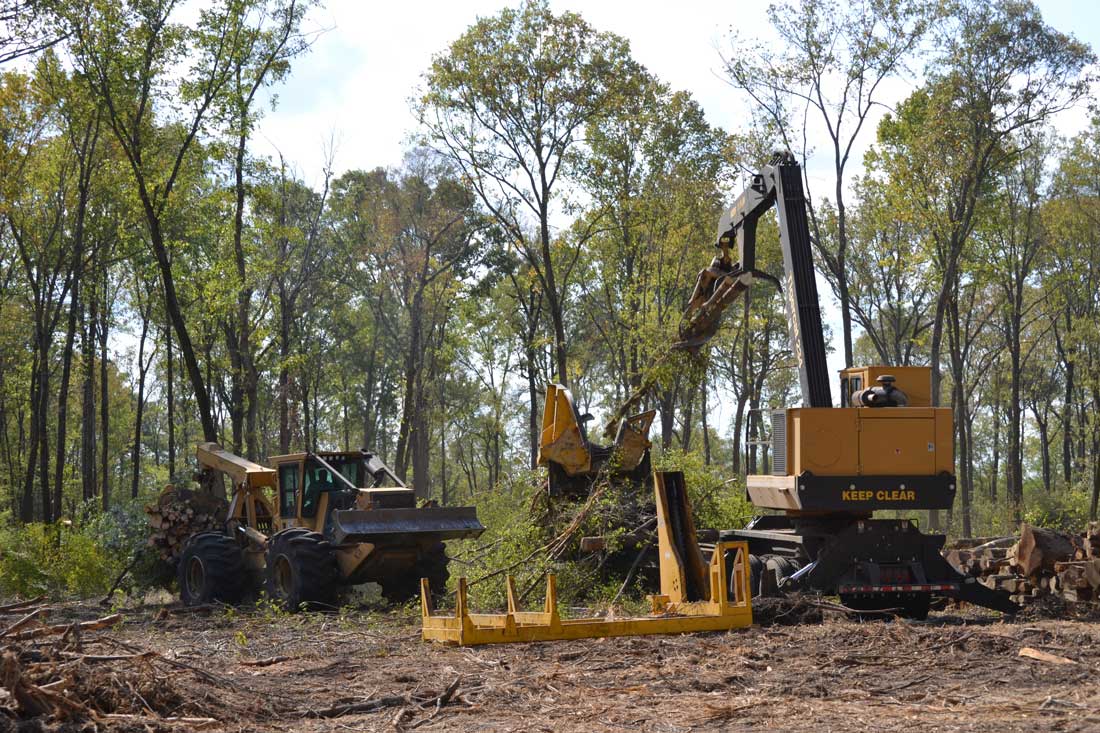A long-running battle over a proposed reservoir in Northeast Texas that is part of Fort Worth’s future water supply may be resolved by the Texas Water Development Board on Thursday, Aug. 7.
When the current state water plan was passed last November, the TWDB left the Marvin Nichols Reservoir in the plan. The reservoir is proposed for Region C –– which includes all or parts of 16 counties, including Dallas, Tarrant, and Parker –– but will be built in Region D. Comprising Lamar, Hunt, and Bowie counties, along with all or parts of 16 others, Region D does not want the lake, which will inundate about 200,000 acres of valuable forest and farmland when all is said and done. The project needs to be built in Region D to tap into Sulphur River. And this is where the conflict lies, although it took a lawsuit to force the TWDB to declare a conflict and thus acknowledge that, by state law, it is required to resolve it.
According to law, there can be a conflict only when two regions have need of one water source, said Bill Ward, owner of Ward Timber, a logging company in Linden, a town about 40 miles south of Texarkana. Ward filed a lawsuit claiming the TWDB hadn’t recognized a conflict between the two regions because one wanted the reservoir and one didn’t.

“It’s kind of stupid, really, that our situation wouldn’t be considered a conflict,” he said. “The TWDB is an organization that likes to interpret things the way they want them to go. We won the suit, and it set up the fact that there was a conflict.”
The TWDB appealed the ruling. Ward won the appeal in May, and “the court said the board had to resolve the conflict, and they have to reasonably protect the agricultural and natural resources of Region D in resolving the conflict,” he said. “So we are just waiting to see if they leave [the reservoir] in.”
Luke Metzger, director of Environment Texas, a nonprofit dedicated to protecting Texas’ rivers, forest area, and wildlife, said the TWDB held a two-month comment period that ended with an April 29 hearing in Arlington, where there was overwhelming opposition to the project.
“There is really strong bipartisan opposition coming from Tea Party Republicans, the timber industry, local landowners, and the general public,” he said.
He estimated that “99.5 percent of the comments were opposed to the project.”
Ken Patteson, TWDB executive administrator, sent his final recommendation to the board, asking that the Nichols reservoir remain in the state water plan for now.
“As Texas’ population grows, Marvin Nichols, along with all the strategies in the Region C plan, must continue to be considered seriously,” Patteson wrote. “Marvin Nichols accounts for 28 percent of the total additional acre-feet per year that will be needed to serve Region C’s population. To remove Marvin Nichols from the Region C plan would leave a substantial unmet need in Region C’s water supply by 2060.”
He said that simply reassigning other recommended strategies already in the state plan to fill the gap left by Marvin Nichols would then create other needs to be addressed.
Fort Worth’s water supply has been called vulnerable due to its heavy reliance on reservoirs and lakes, but Ken Kramer, water resources chairman for the Sierra Club’s Lone Star Chapter, said that even though Fort Worth is relying on water from Marvin Nichols, there are other viable options if the reservoir project gets the ax, including additional water conservation, direct wastewater recycling/reuse, more aggressive demand management during drought conditions, brackish groundwater desalination, surface water transport from existing water reservoirs such as Toledo Bend on the Texas-Louisiana border, and others.
“All of them may have pros and cons, and some will be more expensive than others,” Kramer said, “but there definitely are water supply options.”
An option that seems no longer on the table is the piping of water from Oklahoma –– in June 2013, the U.S. Supreme Court blocked the sale of water to prospective buyers to conserve the precious natural resource for Oklahoma residents only.
Metzger said the reason he voted in favor of the plan last November was due mainly to the plan’s “historic commitment to water conservation. It more than doubled the budget for things like leaky water main [repairs], updated water infrastructure, and updated landscaping and irrigation.”
For the first time, he said, a state water plan required that a minimum of 20 percent of the plan’s funds be spent on water conservation “with an additional 10 percent for rural and agricultural conservation. The TWDB said it would treat those figures as a floor, not a ceiling.”
A study by the Texas Center for Policy Studies showed that if the Fort Worth-Dallas area achieved the same per capita water usage as Austin and some other, more progressive cities, Region C wouldn’t need Marvin Nichols at all by 2060, Metzger said.
“We did an estimate that Texas could save 500 billion gallons of water per year through conservation programs” focused on fixing leaky mains, upgrading irrigation systems, and using water-saving appliances and “drought-resistant, native landscaping,” he said. “All those things can save massive amounts of water, and a considerable portion of the plan’s money is required to be spent on those kinds of projects.”
Alyssa Burgin, executive director of the Texas Drought Project, said Region C also needs to explore the option of aquifer storage and recovery, which involves the enhancement of groundwater sources through man-made means such as infiltration basins and injection wells. San Antonio started this a few years ago, and Burgin said it can now supply ample water to its population.
“It seems obvious. It’s cheaper, closer, [and] uses a lot less energy and not near as much piping” as the roughly 170-mile long pipeline from the Marvin Nichols Reservoir, she said. “But, like I was told by a state legislator during the session, ‘Aquifer storage and recovery isn’t glamorous. You can’t park a boat on it, ski on it, or put a resort on it.’ And that is the kind of thinking going into this project.”
The fight over the reservoir pits residents of a timber and farming region, along with wildlife enthusiasts and conservationists statewide, against engineering companies and developers who stand to make millions of dollars from the project. That’s in addition to chemical and energy companies that need massive amounts of cheap water readily available, Metzger said.
The conservationists say the forest land that would be inundated by the lake is too rare to destroy. “The U.S. Fish and Wildlife Service considers 94,000 acres of the hardwood forest along the Sulphur River to be ‘excellent quality bottomlands of high value to key waterfowl species,’ ” Metzger said. “The forest around the river is so rare, USFWS has designated it as Priority 1 for conservation. Certainly wildlife will be harmed. Important forest area for migratory birds, beavers, river otters, and other animals will be harmed. The timber industry sued to block the project, and the local communities who oppose it want the river for its hunting, fishing, and ecosystem benefits.”
Burgin said another major problem is that the reservoir location simply is not conducive to the project. Maps from the National Climate Assessment show that surface soil temperatures have been getting progressively warmer in the proposed area.
“Our hydrologist says that nobody should be building reservoirs in the region because they are just turning into evaporation ponds,” she said.
The TWDB has to make its decision by Aug. 7, but that may not resolve the conflict, Kramer said. “It’s a strange situation because they are already looking at different water demands and population figures for Region C for the 2016 state water plan, and [growth] projections are actually lower,” Kramer said. “The need may not be there in 2060. It’s a bureaucratic situation where they are saying, ‘We have to leave it in so there is no gap.’ The plan will only be relevant for a few years at most because of the new 2016 plan. This leaves time for Region C to look at other options.”
Whatever the outcome in August, Burgin said she expects a green light from Austin for the project. “It has huge support all over the state with energy and chemical companies, along with engineering and development firms putting a lot of money into it,” she said. “I’ve seen it coming for a long time, and I can tell you from hanging around Austin, sentiment on this is 100 percent ‘go’ among water board honchos and most politicians.”
Burgin said allowing Marvin Nichols to be built “will be catastrophic to the area and the people who depend on its resources.”












